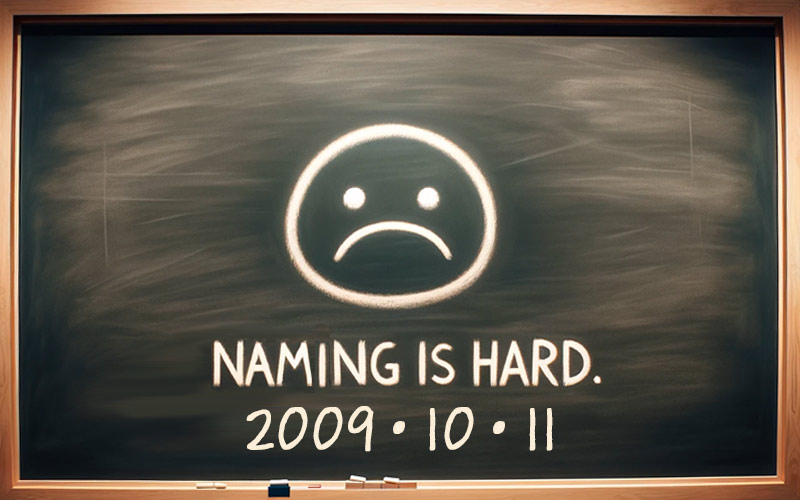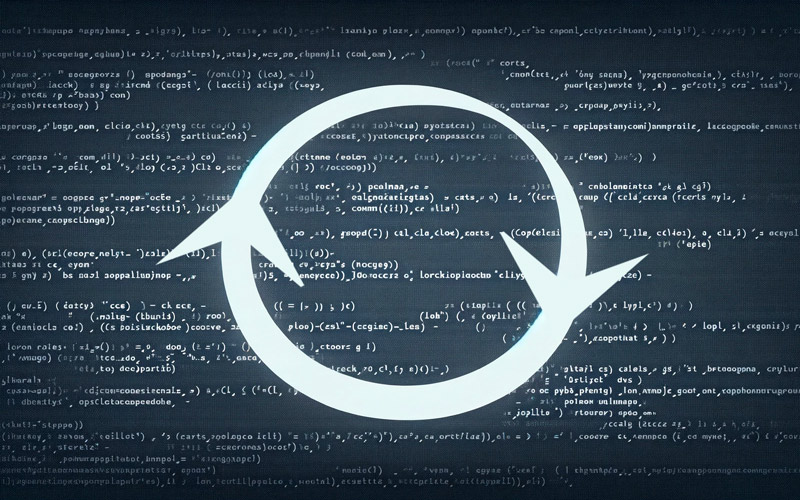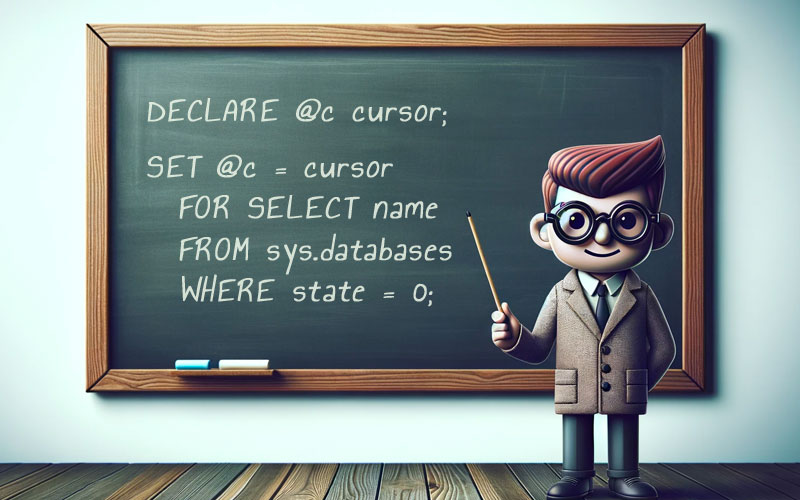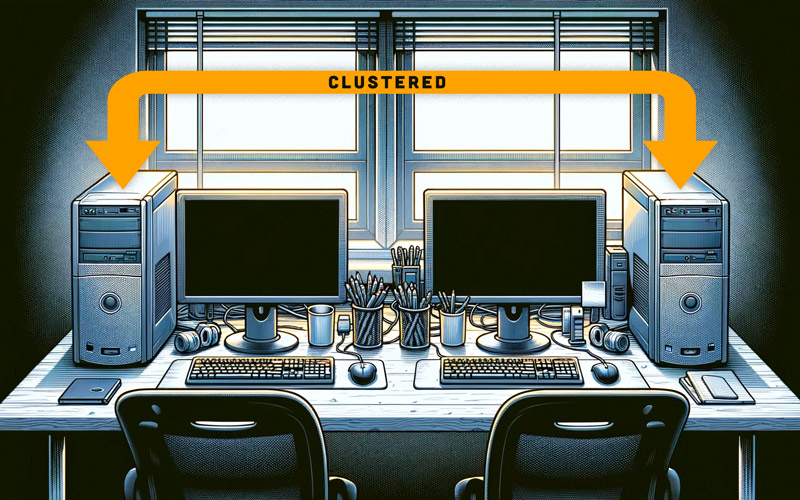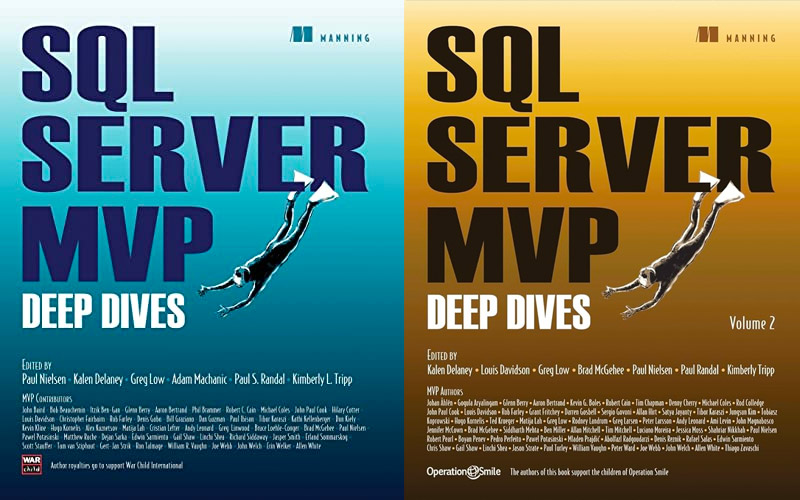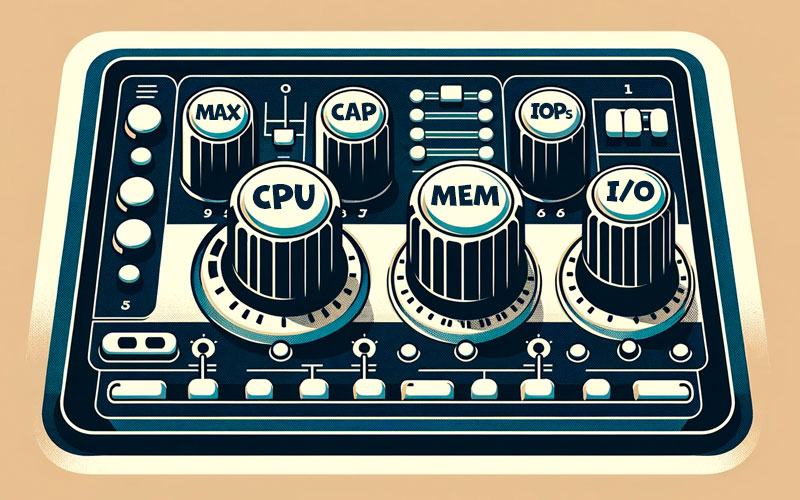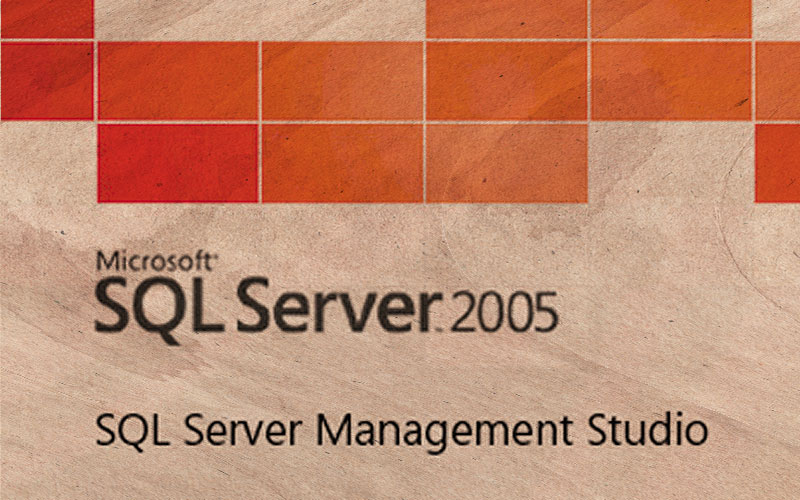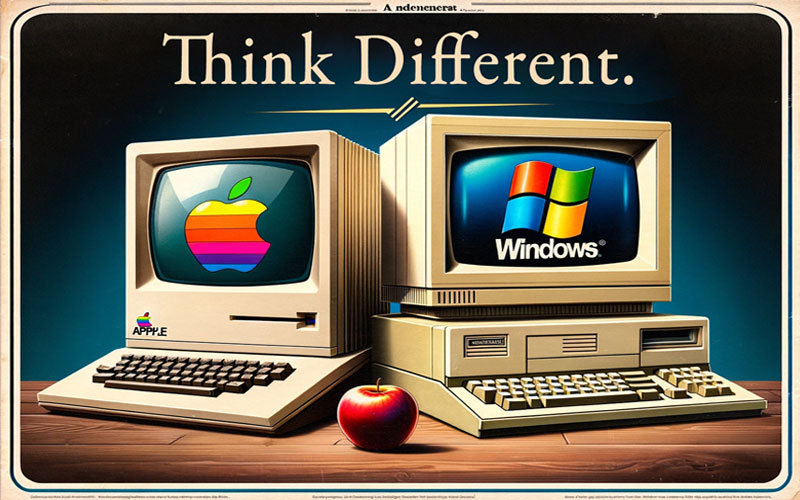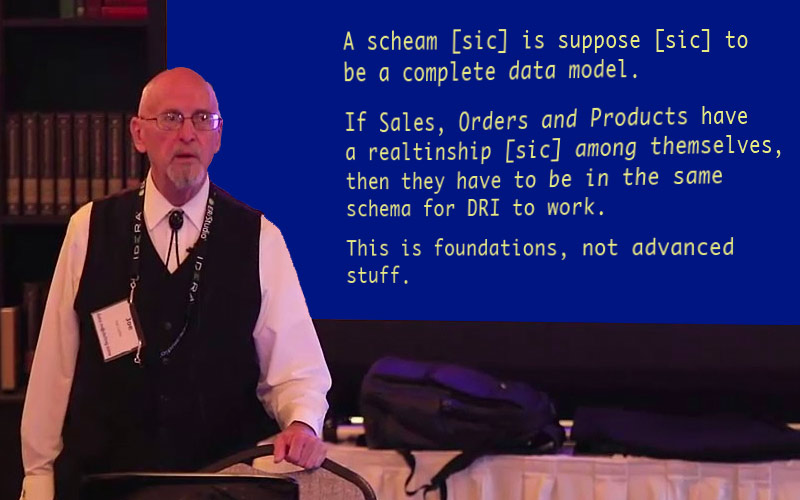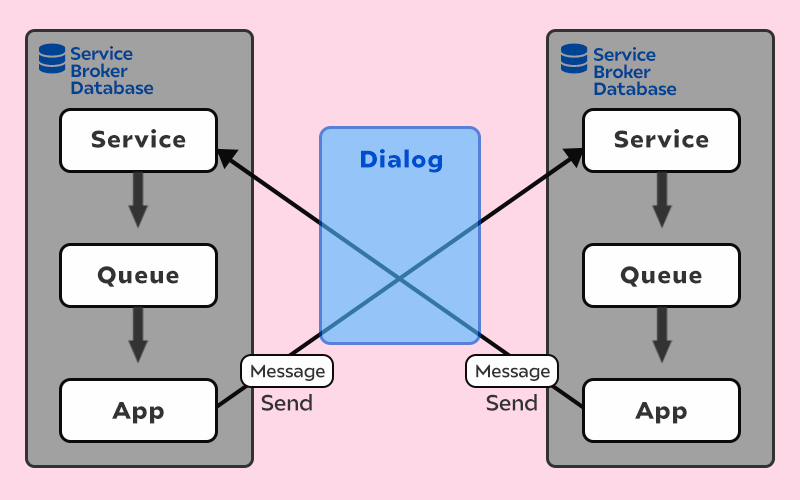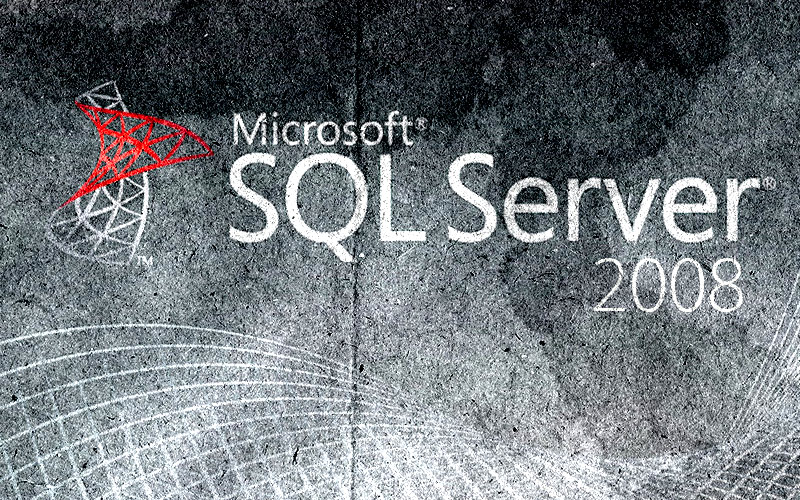Let's talk about a few of the ways people abuse and misuse DML triggers in SQL Server.
SQL Server
Read about some of the pitfalls of choosing the wrong data type in SQL Server.
In this post, I discuss some of the assumptions people make about IDENTITY columns.
One of many posts where I rant about how bad we are, collectively, at naming things.
I talk about how painful SELECT * can be, and how it can be like drinking from a fire hose.
See why your stored procedures should use OUTPUT and SELECT for data, and use RETURN only for error or status codes.
I talk about problems that can result from "problematic" characters in entity names.
Find out why you should always specify lengths for declarations of variable types like varchar.
A little wisdom on using sensible and logical aliases for your tables, instead of a / b / c / d.
See a couple of reasons you should stop using old join syntax (FROM t1, t2).
See a few alternatives to expensive loops for populating sample or sequential data.
See why you should always use alias or column names in your ORDER BY clauses, rather than ordinal position.
It happens all the time these days, but back then, I explained how we managed cluster nodes that didn't quite match.
Projects for War Child and Operation Smile, I wrote chapters for both MVP Deep Dives titles.
Read about why you want to use statement terminators throughout all of your T-SQL code.
In this post I try to give some practical advice for bloggers who struggle to come up with original content.
I dig a little deeper into Unicode compression.
A quick first look at Unicode compression, introduced in SQL Server 2008 R2.
Beyond just splitting a comma-separated list of integers, I explain custom delimiters, preventing duplicates, and maintaining order.
Back in the old days, I talked about how I used a numbers table to split comma-separated lists of integers.
I talk about how you can use the DMVs to predict when your maintenance will end.
While sometimes a shrink operation is necessary and intentional, reactionary shrinking to "save space" temporarily is a bad idea.
I explain how you can prevent customers from snooping on the names of other customers' databases (but nothing is foolproof).
The Resource Governor whitepaper I wrote with Boris Baryshnikov is finally available for download from MSDN.
Back when IntelliSense was first added to Management Studio, lots of people got stuck waiting for it to refresh.
I explain a couple of tactics to use when SSMS is not responding, hopefully to avoid losing work.
People have been lulled into the false sense of security that they can set up SQL Server, leave all the defaults in place, and never have to do anything.
As a "SQL Server guy" first and foremost, I often have to defend my use of a Mac. Here's my story.
A long, long time ago, I criticized Celko for being too harsh to new users.
Microsoft abandoned content and I tried to put together a selection of bad things people said about it.
Our data got messed up due to time drift. Here's how I fixed it.
Back before SQL Server 2012 was released, I wanted to highlight multiple problems exhibited through parallelism.
I show how to remove stale entries from the MRU drop-down in SSMS' "Connect To" dialog.
I demonstrate that a table won't necessarily be physically sorted the same as the bulk file that populates it.
I was tagged by Denis Gobo to write a bog post about career challenges and how I overcame them.
I wrote a procedure to help search through the errorlog when troubleshooting Service Broker.
I explain several reasons I was eager to upgrade to SQL Server 2008 as soon as it was released.
I build a Windows machine and mostly complained about the lack of decent VPN software in 2008.
I present a laundry list of things I always do in stored procedures (and why).
Dependencies can be unreliable, and you can fill some of the gaps with a DDL trigger.
Paul Randal just published a list of tips and tricks that will help you get the most out of using FileStream, based on a longer whitepaper he wrote for Microsoft.
Not relevant today, but several major versions ago, there were specifically defined ways to get your feedback into the product.
I share some links to help address concerns about SQL injection.
I show how you can audit when tables or databases are accessed.
Well, the pictures are gone, so something I'll have to revisit, but way back when, I pitted money and decimal against each other.





